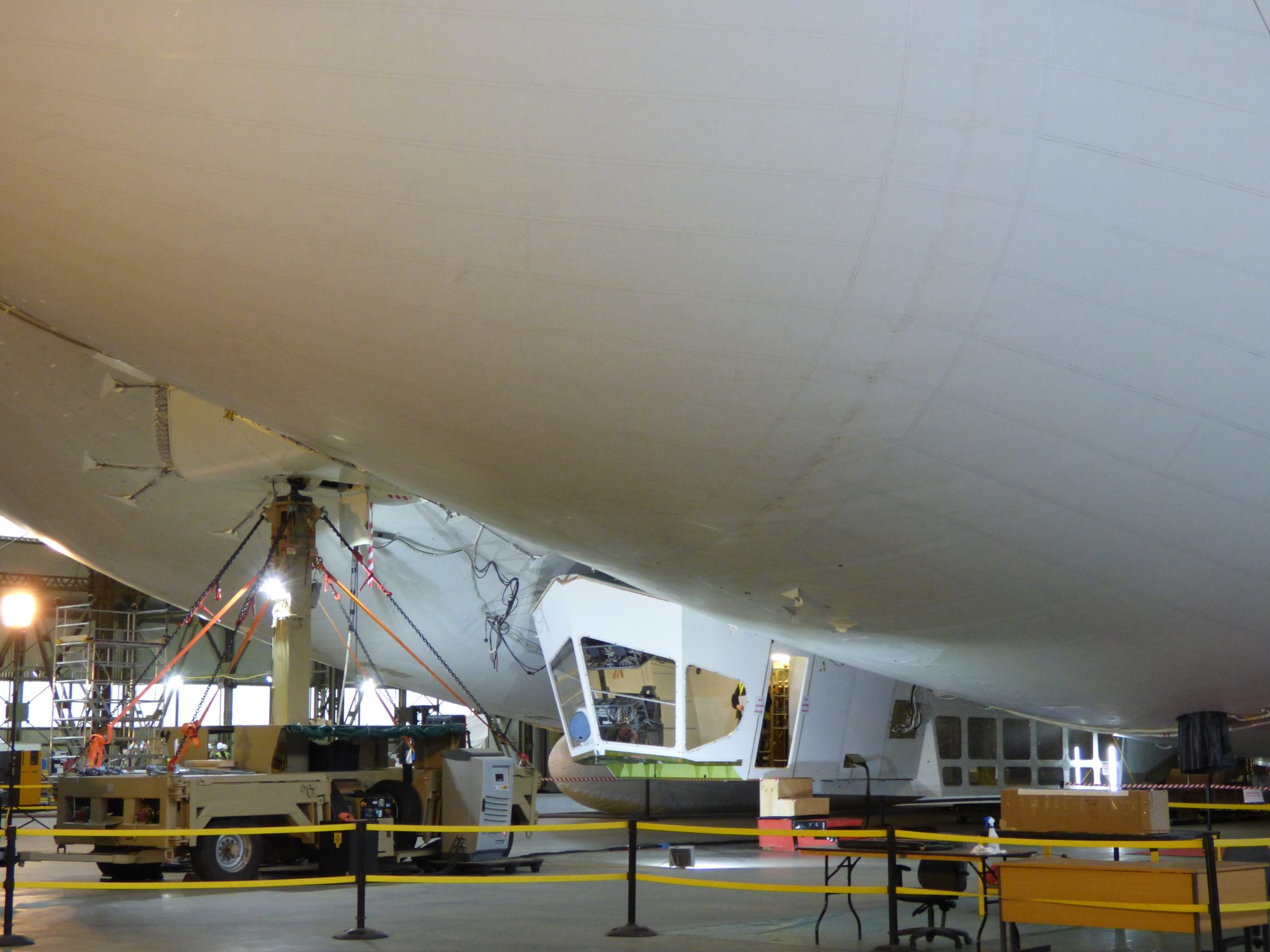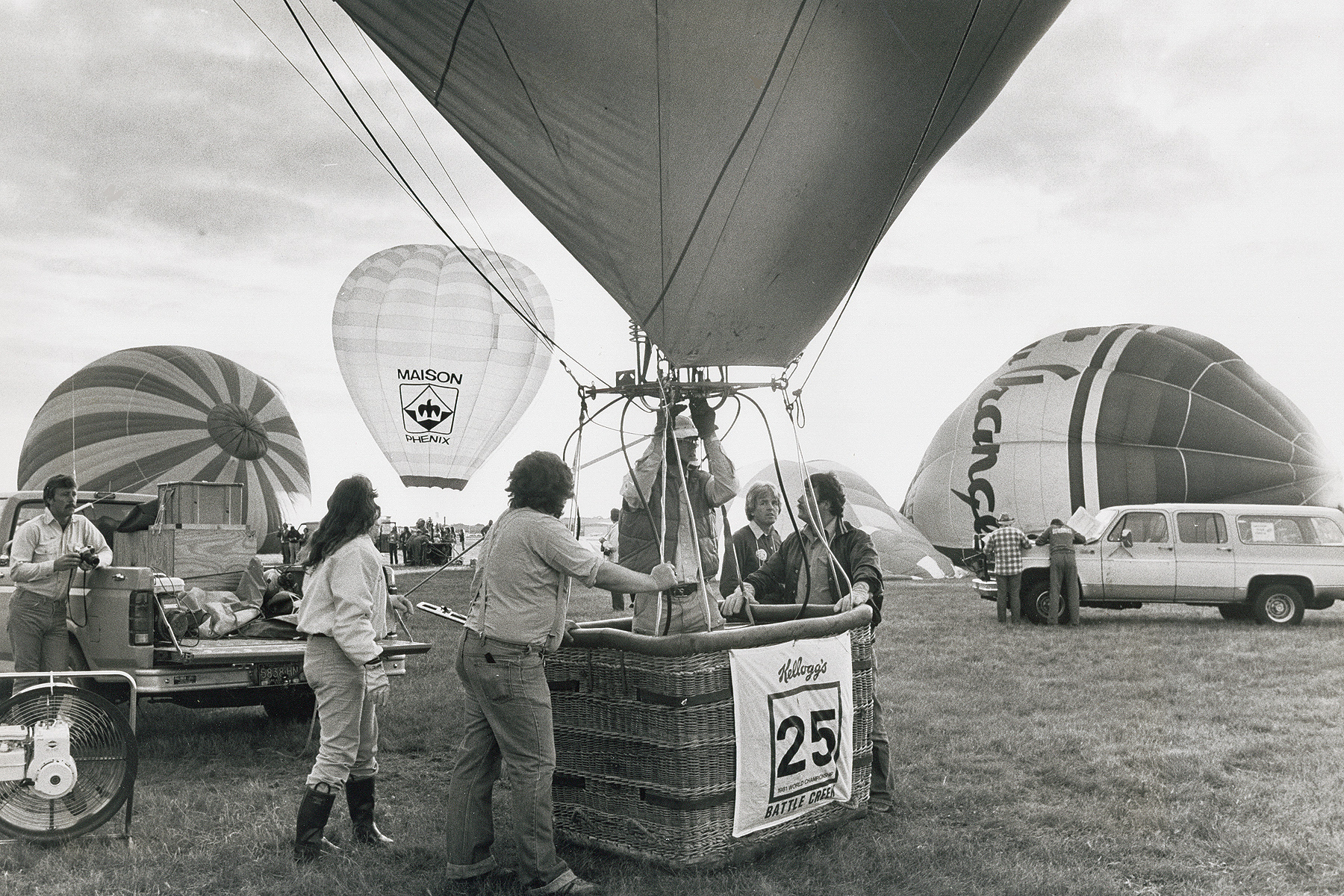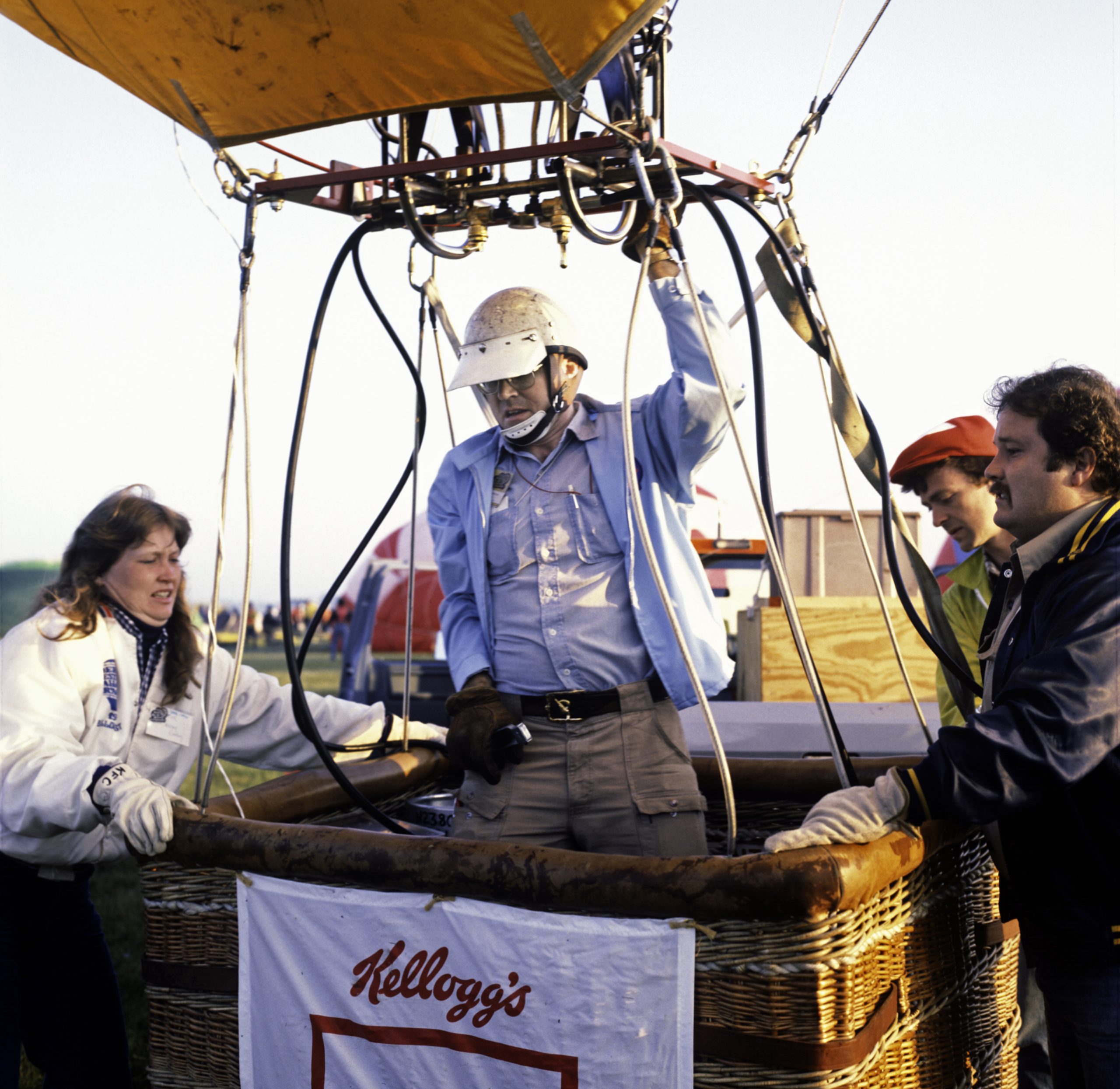For two years, the U.S. Department of Defense has been studying an unusual aircraft for specific mission roles: a massive, helium-filled hybrid airship called Airlander. The futuristic aircraft combines the characteristics of a plane and a helicopter with lighter-than-air technology. Built by UK-based Hybrid Air Vehicles (HAV), the innovative airship looks more like a giant blimp than a traditional plane, but it could accomplish missions and operations from door-to-door, even in remote areas with no runway or infrastructure.
Why the interest?
Airlander isn’t meant to replace jets or cargo planes. Instead, it’s being tested for missions where endurance, fuel efficiency, and flexibility matter most. By blending the lift of helium with the aerodynamics of an airplane, Airlander can stay aloft for days, carry heavy loads, and land on almost any flat surface — no runways required. That makes it attractive for roles like logistics support, communications, and surveillance in contested or remote areas.

All images by Hybrid Air Vehicles

How the study worked
Year 1: The Airlander 10 was evaluated for maritime logistics support, with Navy and Marine Corps operators shaping mission profiles.
Year 2: Attention shifted to the Airlander 50, designed to haul 50+ tons of cargo, with scenarios ranging from resupply runs to the potential for fully electric operations.
Both aircraft were run through rigorous modelling and simulations with input from real military operators.
What they found
The findings showed that hybrid airships could offer strong advantages in select roles:
Fuel efficiency: Airlander 10 will offer up to 75% less emissions even in an all-kerosene engine configuration, offering significantly reduced fuel consumption, a key objective for the DoD.
Operational freedom: Landing on almost any flat surface reduces dependence on vulnerable bases and predictable routes.
Staying power: Airlander can remain airborne far longer than traditional aircraft, ideal for communications and surveillance.
Payload muscle: Its lift capacity means delivering more cargo in fewer trips.
What’s next
The project has officially wrapped up, with Pentagon officials satisfied that the study delivered valuable insights. While Airlander isn’t entering U.S. service yet, the results give HAV a strong foundation for further discussions with the DoD.
Hybrid airships may look unusual, but this study shows they could play a role in the future of military logistics — cleaner, more flexible, and designed for the kinds of challenges that conventional aircraft struggle to meet.
The collaboration
This work began under a Cooperative Research and Development Agreement (CRADA) with the U.S. Naval Postgraduate School, led by Captain Ben Cohen of the U.S. Marine Corps. It later grew into a funded study through the Department of Defense’s Operational Energy Capability Improvement Fund (OECIF), bringing together military researchers and HAV engineers to explore what hybrid airships might deliver in the years ahead.




